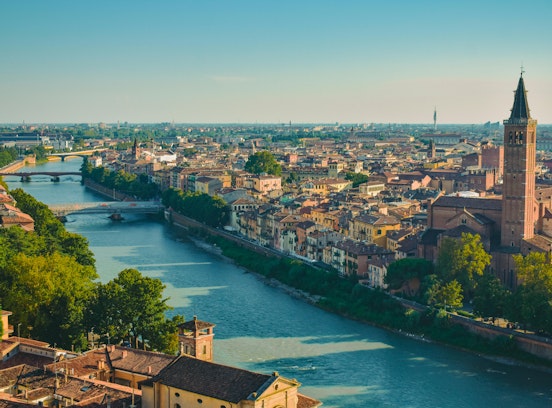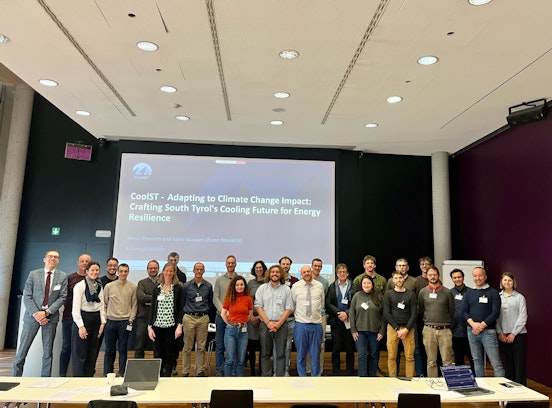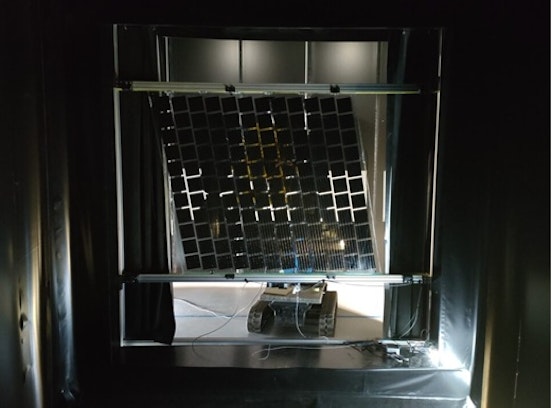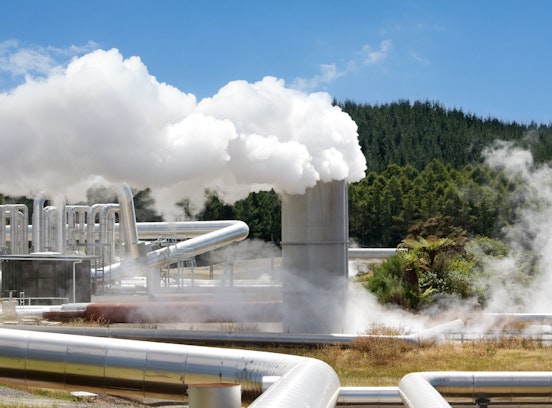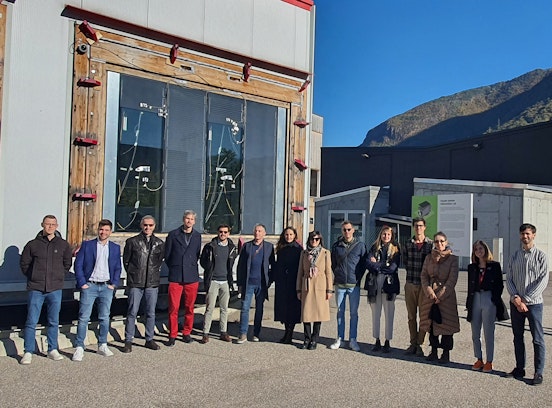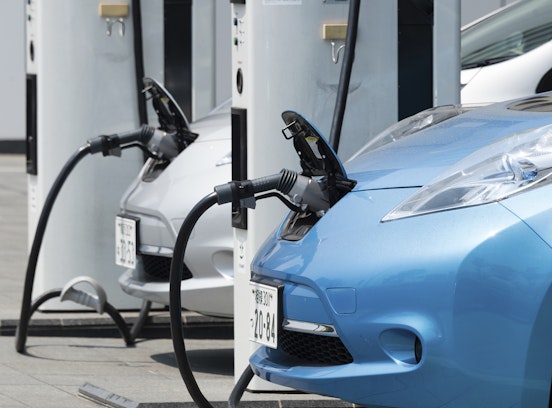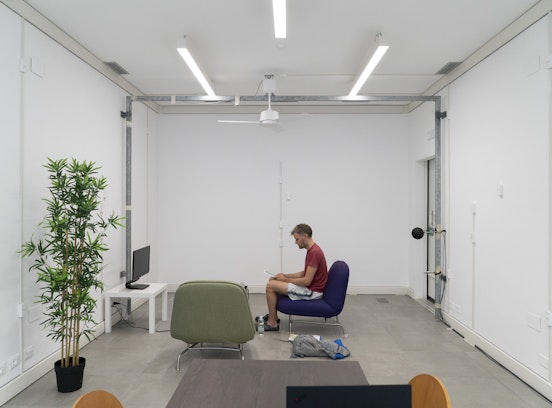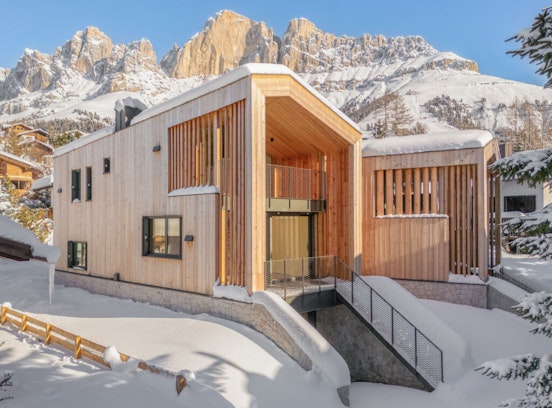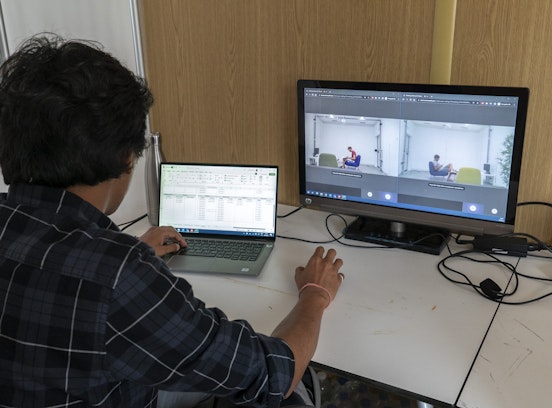Institute for Renewable Energy - Overall energy system modelling and e-mobility - News & Events - Electrification of public transport: Transition towards electric vessels
Electrification of public transport: Transition towards electric vessels
A new study by Eurac Research, recently published on the Journal Applied Sciences, focuses on reducing emissions from inland water transport by shifting diesel-powered boat fleets to electric vessels.
Inland waters play an important role in regional transportation networks. However, their diesel boats contribute to air and water pollution. Converting these fleets to electric propulsion can help mitigate environmental impacts. To enable this transition with current technological options, careful planning is needed to determine the required number, specs and charging needs of electric boats.
The researchers of Eurac Research, who focus on the development of mathematical models to support the transition to more sustainable energy and transport systems, recently released a new study which analyses pathways for the decarbonization of the the inland waters with case study of the Orta lake, Piedmont, Italy, and aims to facilitate its transition to sustainable inland waterways transport by substituting its diesel-based fleet with electric vessels.
Researchers first compiled technical data on available electric boat models, including capacity, battery range and charging time. They then developed an optimization model to identify the minimum electric fleet size needed to fully replace Orta Lake's current diesel boats. The model considers the lake's routes, boat schedules, charging constraints and transport demand.
“Unlike previous works, our model incorporates detailed time-based simulation. We track the position and battery charge of each modeled electric boat through time as it serves the scheduled routes. This allows evaluating if the boat has adequate range and charging time to maintain service. If not, the model adds another electric vessel. By incrementally expanding the modeled fleet as needed, the optimization identifies the minimum boats required for full diesel replacement” explains Matteo Giacomo Prina, lead author of the study. “Applying our model to Orta Lake highlighted the importance of charging power. With fast 1000 kW charging infrastructure, the lake's 3 diesel boats could be directly replaced with 3 electric ones without changing routes or schedules. But slower 100-200 kW charging required adding a 4th electric vessel to cover all routes. These results provide valuable insights on the infrastructure investments needed to enable inland water transport electrification” says Prina.
The methodology applied in the case study of Orta Lake demonstrate how mathematical optimization can guide local communities and policymakers in planning sustainable electric boat transitions. The model provides a practical tool to evaluate fleet requirements and charging needs for decarbonizing inland waterways. As a next step, researchers aim to enhance the model with costs optimization to identify affordable configurations for greening local maritime transport.
“Decarbonization of the navigation is the next challenge that would need careful planning, electrification of the inland navigation sector could be a low-hanging fruit in this path. Therefore, we would like to support decision-makers such as regional authorities and public transportation companies that choose this transition with detailed calculation on what is needed to accomplish the endeavor in the most efficient way” explains Alyona Zubaryeva, co-author of the study.
This study has been carried out in the framework of the MOBSTER research project. The role of Eurac Research was to collect market data on available vessels, develop the optimization model and run the model applying it to the case study of Orta Lake. VCO Trasporti S.r.l, partner of the project, has provided boat routes and timetables for the selected case study.
Full article available here
The authors thank VCO Trasporti S.r.l. for providing boat routes and timetables and the Interreg V-A Italy-Switzerland Cooperation Program for funding the research project.
